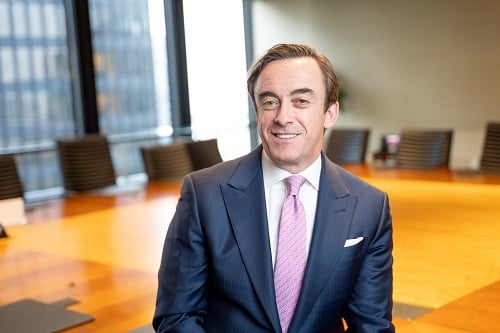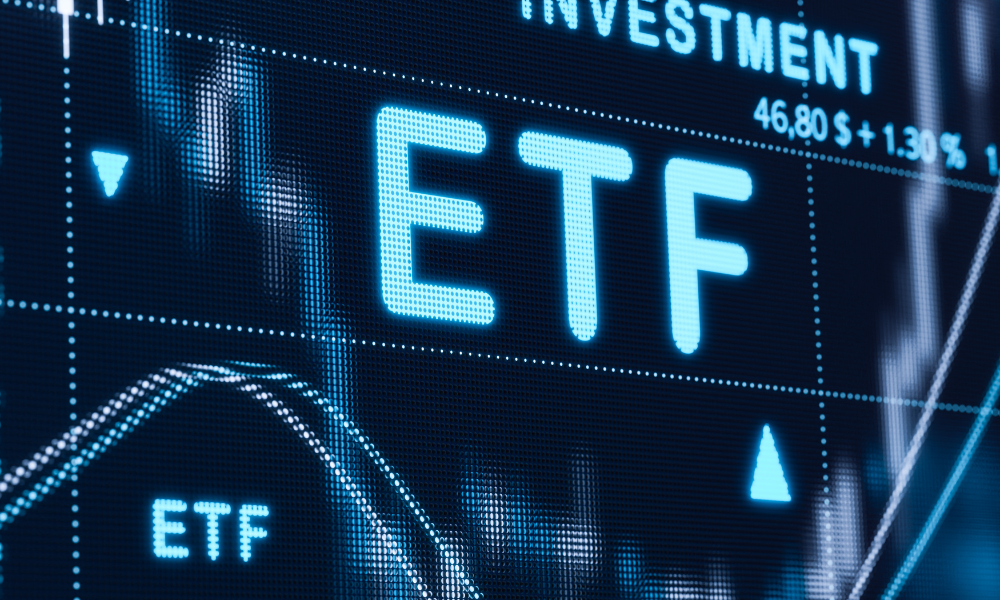Trade deadline nears as Canada backs down, easing tensions and fuelling investor appetite for equities

On Monday, a last-minute policy reversal by Ottawa helped lift Canadian equities just hours before the country’s digital services tax targeting US tech firms was set to take effect.
According to BNN Bloomberg on June 30, the S&P/TSX composite index rose 164.79 points to close at 26,857.11, with gains across all sectors.
The tax repeal, confirmed by Prime Minister Mark Carney, was framed as part of ongoing trade negotiations with the United States.
As per BNN Bloomberg, US President Donald Trump had called the tax “a direct and blatant attack on our country” and had suspended trade talks with Canada Friday in response.
Ottawa backed down Sunday, narrowly avoiding escalation ahead of Trump’s July 9 tariff deadline.
Market strategist Ashish Utarid of IG Wealth Management told BNN Bloomberg the reversal helped reverse Friday’s slump, noting that “there seems to be resiliency for the investor to hop in when markets are down.”
He added that such trade developments bring “more certainty for investors” and signalled increased appetite for both Canadian and US equities.
Utarid also said rising gold prices—driven by inflation hedging—are making Canada’s metals and mining sector look increasingly attractive.
The August gold contract rose US$20.10 to US$3,307.70 per ounce, while the Canadian dollar climbed to 73.30 cents US from 73.12 cents US Friday.
However, crude oil dipped, with the August contract down US$0.41 at US$65.11 per barrel.
South of the border, US stocks extended their rally to close out a strong second quarter.
According to Reuters on June 30, the S&P 500 gained 10.57 percent in the quarter, the Nasdaq rose 17.75 percent, and the Dow advanced 4.98 percent. The Russell 2000 small-cap index rose 8.28 percent.
Monday’s session alone saw the Dow rise 275.50 points to 44,094.77, the S&P 500 gain 31.88 points to 6,204.95, and the Nasdaq climb 96.28 points to 20,369.73. Nine of the 11 S&P indexes closed higher, led by tech and financials.
Hewlett Packard Enterprise jumped 11.1 percent, First Solar rose 8.8 percent, and Juniper Networks added 8.45 percent.
As reported by Reuters, big US banks also gained after most passed the Federal Reserve’s annual stress test, clearing the way for stock buybacks and dividends.
Despite the strong quarterly finish, the first half of the year marked the weakest performance since 2022. Analysts cited persistent trade uncertainty following Trump’s April 2 tariff announcements.
As per Reuters, hopes for trade deals with China and the UK have since renewed investor optimism, with attention now turning to whether further agreements can be finalized by the July 9 deadline.
In a statement reported by Reuters, US Treasury Secretary Scott Bessent warned that countries may still face steep tariffs even if they are “negotiating in good faith,” and said only Trump can decide on deadline extensions.
Strategic repositioning by portfolio managers at quarter-end likely amplified Monday’s market strength.
Roy Behren of Westchester Capital told Reuters that “animal spirits seem to have taken hold,” noting that “it is also quite common for the last couple of days of a quarter to see strength because of the window dressing.”
However, Cole Smead, CEO of Smead Capital Management, cautioned that the rally may be narrow and unsustainable.
“The stock market doesn’t seem to care at all, people think this party is going to go on forever,” he told Reuters. “I think this game is over. It’s just a matter of when and how bad it gets.”
On the policy front, Senate Republicans continue to push for passage of Trump’s tax-cut and spending bill ahead of the July 4 holiday.
The legislation is expected to add $3.3tn to the $36.2tn US national debt.
Upcoming key data releases this week include US non-farm payrolls and June’s manufacturing and services sector figures from the Institute for Supply Management.
Several central bank officials, including US Federal Reserve Chair Jerome Powell, are also scheduled to speak.
In Europe, the STOXX 600 index declined 0.4 percent Monday, closing June with a monthly loss of more than 1 percent.
According to Reuters, the index remains up over 7 percent for the first half of the year, outperforming the S&P 500’s more than 5 percent rise.
Losses in health care and mining stocks weighed on performance, while uncertainty around US trade policy and Middle East tensions continued to push investors away from equities.



